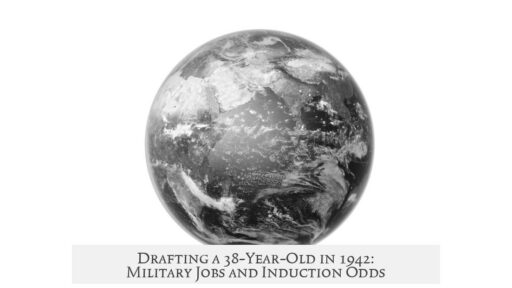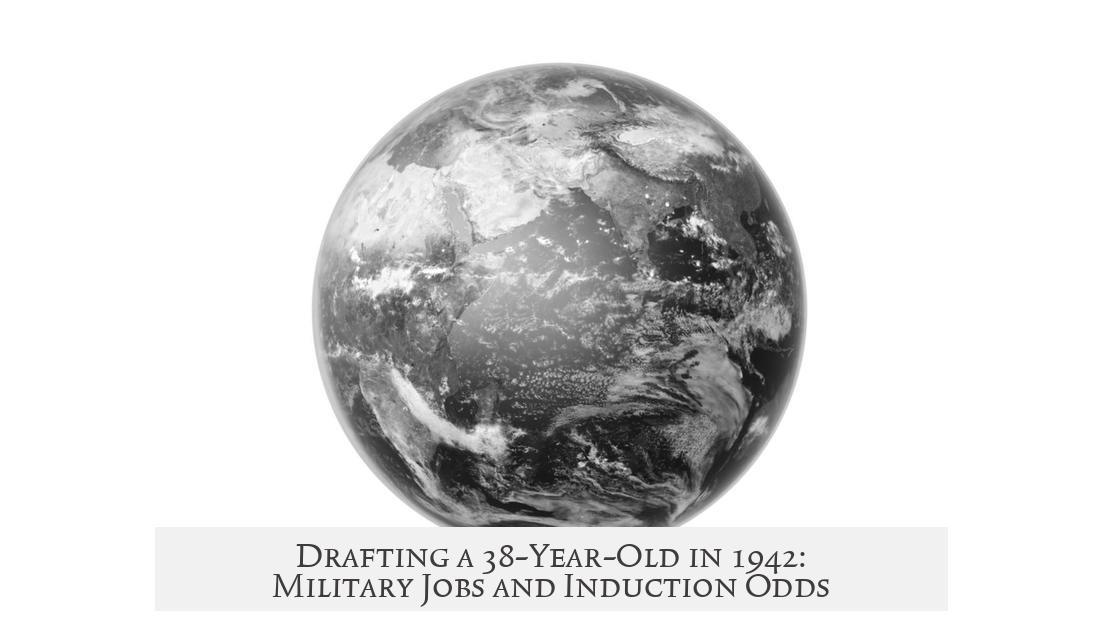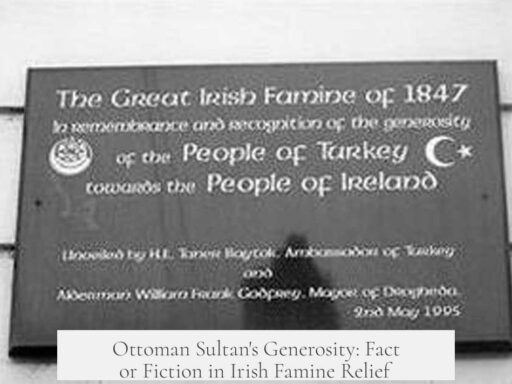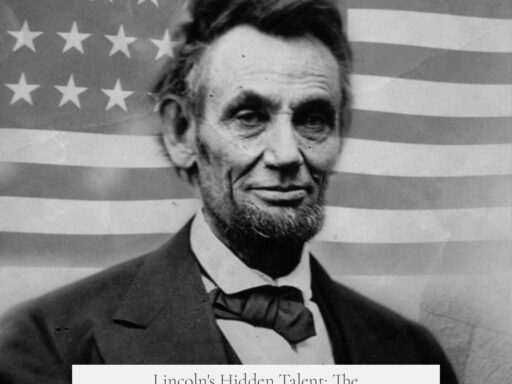If you were 38 years old in America in 1942, you would have been on the border of draft eligibility. Initially, the Selective Service draft age limit was capped at 37, meaning a 38-year-old would not have been subject to conscription at the start of U.S. involvement in World War II. However, the situation evolved quickly due to the country’s expanding manpower needs, and by late 1942 and into 1943, the age range for the draft expanded significantly and included men up to 44 years old.

At the outset of the war, Selective Service’s draft age was limited from 21 to 35, later extended to 18 to 45, then briefly to 18 to 44. Despite official age limits, exceptions and volunteers often broke these boundaries. For example, the 77th Infantry Division, activated in March 1942, had an average age of 32 but included some men in their forties and even past fifty. This shows that older men, while less common, did serve actively, sometimes even in combat roles.
Whether or not a 38-year-old would be drafted depended strongly on other factors like physical fitness, occupation, and family status. Before 1944, deferments were mostly managed based on occupation or dependency rather than strictly on age. If a man was in a critical civilian job or had dependents, he was often deferred. However, as manpower shortages worsened, these deferments became less stringent, especially after late 1943, when fathers could be drafted if quotas were not met.
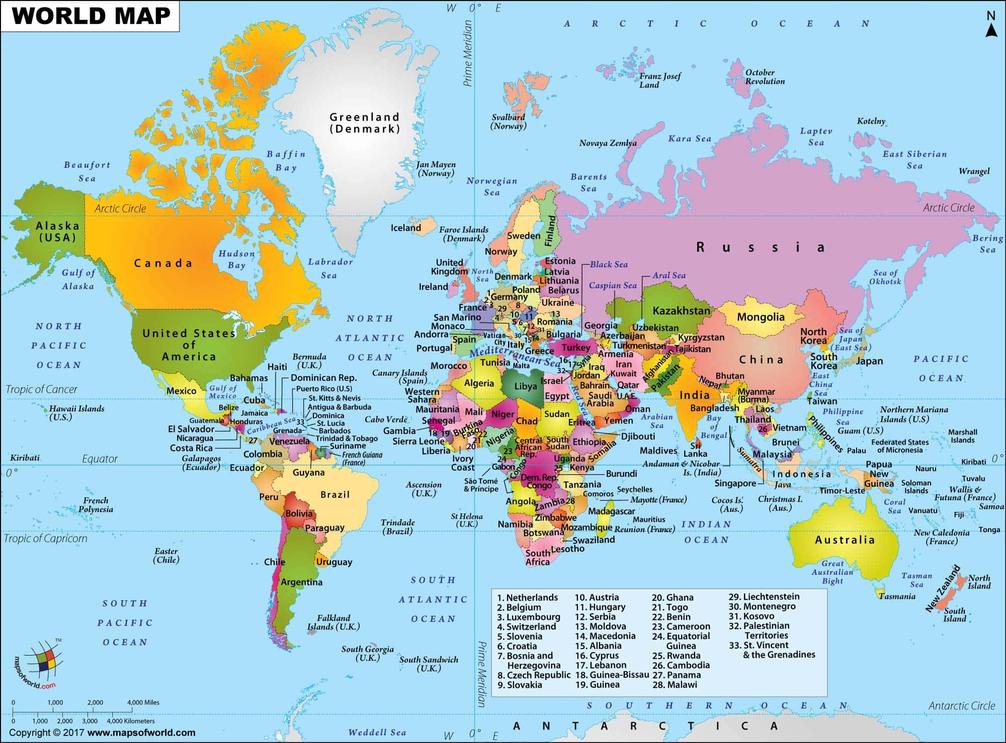
- Physical and mental fitness was essential for service.
- Older men were more likely to be medically disqualified.
- Civilian skills influenced military assignment.
If drafted, a 38-year-old would likely be assigned according to his civilian skill set. The Army aimed to use soldiers’ pre-service occupations to place them in suitable military specialties. Skilled tradesmen, for example, were often directed to the Army Service Forces supporting logistics or technical roles. Combat units like infantry and armor demanded younger, more physically robust men due to the intense physical requirements. However, during the urgent early period of the war—such as 1942—a shortage of men meant that older men sometimes found themselves in front-line roles.
Older inductees were often placed in less physically demanding roles when possible, but the pressing need for replacements in combat units meant that some older men, even in their late 30s or early 40s, served in infantry, artillery, or armor. For example, older men already serving in garrison with light duties sometimes were sent to more strenuous duties as the war progressed and manpower grew tighter.

| Factor | Impact for 38-Year-Old in 1942 |
|---|---|
| Draft Age Limit (Initial) | 37 years; 38-year-old initially safe |
| Draft Age Limit (By late 1942-43) | Expanded up to 44 years; 38-year-old liable |
| Deferment Bases | Occupation, dependents, medical status over age |
| Military Assignment | Based on civilian skills; combat less likely but possible |
| Physical Fitness | Older men medically screened; some sent to front lines |
By late 1943 and 1944, the composition of draftees shifted. With many younger men already enlisted or drafted, the Army increasingly inducted men in their late 20s to 30s, including fathers. Dependents ceased to guarantee deferments by the end of 1943 except in hardship cases, and by 1944, the military’s strength peaked at about 7.7 million, focusing on younger replacements but requiring older men as well.
As fighting intensified in Europe in late 1944, the induction calls rose sharply, bringing more older men into service. This trend included men in their mid to late 30s, increasing the chances that a 38-year-old would be drafted and serve. However, by November and December 1945, induction of fathers and men with multiple children ended as the war wound down.

In summary, a 38-year-old man in 1942 America stood initially outside the draft age but soon became eligible as age limits expanded. If drafted, his military job would depend on his health, skills, and the Army’s manpower needs. He might have found himself in a non-combat technical or service role or, less commonly, serving directly in infantry or combat units, especially during early 1942’s manpower shortages.
- The initial draft age capped at 37 years; a 38-year-old not drafted immediately.
- By late 1942, draft age expanded to 44, including men aged 38.
- Deferment depended more on occupation and dependents than age.
- Civilian skills influenced military roles—technical work common for older men.
- Older men sometimes served in combat units due to manpower needs.
If I Were 38 in America, 1942: Would I Have Been Drafted and What Job Would I Have Had in the Military?

Wondering what fate might have looked like if you were 38 years old in America, 1942? Specifically, if you’d been pulled from your comfy civilian life, hurled into the chaos of WWII, and what military role you’d have landed in? At 38 years old in 1942 America, you likely would not have been drafted immediately because the initial Selective Service draft eligibility only extended to men up to 37. However, as the war intensified and manpower needs soared, men up to age 44 became eligible, meaning that by late 1942 or into 1943, you could have been drafted and assigned to a role influenced by your civilian skills and physical fitness.
Let’s dig a bit deeper into how this would have played out for you, and what kind of military job you’d have likely performed. Spoiler alert: It’s not as black-and-white as “drafted or not,” and your job wouldn’t necessarily be storming beaches.

Draft Eligibility and Age Limits: The Fine Print
In early 1942, the draft targeted men aged 21 to 35. Since you’re 38, you’d be just above the cutoff—safe from the earliest rounds of conscription. But don’t get too comfortable. The war’s brutal demands pushed the Army to expand the age bracket. The pool stretched upward to men aged 44 by mid-1942. The draft age then went through several rotations but at some point included all men between 18 and 44.
Historical data from the 77th Infantry Division paints an enlightening picture: the average soldier in some units was about 32, older than the stereotypical fresh-faced recruit, with some in their forties and even a few brave souls past fifty volunteering to fight for the infantry. So, if you were spry and adventurous at 38, you might have volunteered or been drafted.
Would 38-Year-Old Me Have Been Drafted? Depends on Several Factors
Age alone wasn’t the final say. The Selective Service looked closely at other things—your job, family responsibilities, physical fitness, and dependency status. Before 1944-45, these factors mattered more than age in many cases.
- Occupation and Essential Work: If your civilian job was critical, say a skilled trade or manufacturing role, you’d have grounds for deferment. Skilled workers often got assigned to the Army Service Forces, using their talents in support roles—not exactly battlefront drama but essential nonetheless.
- Family Status: Early on, having dependents might keep you out of the hot zone. But by late 1943, dependency deferments largely vanished except in cases of extreme hardship, making it likely that fathers and family men, including those in their late 30s, could get called up.
- Physical Fitness: Older men often faced medical hurdles. Some couldn’t meet the grueling physical standards for frontline roles, thus found themselves in lighter duty or support roles. But shortages pushed the Army to sometimes station older or less fit men in infantry, despite drawbacks.
The Military Job You Might Have Had at 38
Assuming no deferment and good health, what job would a 38-year-old get? The answer lies in the Army’s need to balance youth, vigor, and specialized skills. Around 1942-1943, the Army was expanding rapidly, with severe manpower shortages everywhere.
If you had a skilled civilian occupation—carpenter, machinist, mechanic, or clerk—you might’ve been assigned to logistical, maintenance, or administrative positions within the Army Service Forces. These roles were crucial for maintaining supply lines, vehicle maintenance, and communications.
On the other hand, if you were fit and volunteered, or if the Army’s manpower needs were urgent, you could have been sent to the infantry or armor. Interesting fact: some units actively accepted older men who volunteered for front-line duty. The 77th Infantry Division had such men, showing the Army’s willingness to use mature soldiers to fill its ranks.
One anecdote from the period illustrates this: a 37-year-old man pleaded with his commanding officer for a light-duty assignment due to limited endurance and family responsibilities. The officer passed the decision upward, hinting at the military’s limited flexibility. This story reflects the tough situation older men sometimes faced.
Manpower Pool Dynamics and Your Odds in 1942 Versus 1944
In 1942, younger men between 18 and 25 made up most inductees, with older men less common in the ranks because the draft age was narrower, and many older men held critical civilian jobs or family responsibilities.
However, scarcity of younger men and the prolonged conflict changed things. By 1943–44, the military saw a surge of older men being drafted, including those aged 30 to 40+. Notably, men with dependents became part of the induction pool once the military’s quota demands intensified. By April 1944, over half of new inductees with dependents were older men in their late 20s and 30s.
This shift means that at 38 years old, your chance of being drafted in 1942 was low but steadily increased as the war dragged on and as the pool of younger men shrank.
Late-War Induction: The Long Shot for Older Men
In late 1944 and into 1945, the Army boosted induction numbers drastically. Monthly calls rose from 60,000 to 100,000. Older men, including those in their late 30s and early 40s, saw more career military opportunities but also increased combat risk.
However, by November and December of 1945, the military stopped inducting men with children, limiting the draft’s reach and recognizing the war’s end was near.
What Can We Learn from This?
So, if you find yourself in a time machine and land in 1942 America at age 38, you might be watching from the sidelines for a bit but brace yourself: the military needs you soon. Whether you fight in the trenches or repair engines behind them depends on your health, job, and family.
Curious about your civilian skills’ value in war? Imagine being a steadfast mechanic keeping tanks rolling or a clerk handling vital communications. These jobs are not glamourous but can save lives.
Would you volunteer for combat? Many older men did, including those well past 40, showing courage knows no age.
Recommendations if You Were Drafted at 38
- Stay physically fit. The Army’s standards were tough, and fitness influenced assignments.
- Leverage your civilian skills. Skilled trades typically resulted in safer, more technical roles.
- Prepare mentally for a mix of frontline and support duties. Age didn’t guarantee non-combat roles.
- Understand family hardship deferments were limited and decreasing.
Wars demand sacrifices, and history shows the 38-year-old men of 1942 could play vital, diverse roles, proving age is just a number when answering the call.
Now, here’s a question back to you: Knowing this history, would YOU have welcomed the draft in 1942? And what role do you think suits your age and skills best?
Would a 38-year-old man have been drafted in the US in 1942?
Initially, men up to age 37 were drafted. At 38, you would be just over the original draft age. However, as the war progressed, the age range expanded to include men up to 44 years old, making it possible but less likely.
If drafted at 38, what kind of military job would I likely be assigned?
Assignment depended on your civilian skills and physical fitness. Older men often served in support roles or less physically demanding jobs. Combat infantry was usually younger, but during early 1942, even men in their 30s and 40s served on front lines.
Could my family or job have prevented me from being drafted at 38?
Before late 1943, deferments for dependents or critical occupations were common. After that, dependency deferments mostly ended, meaning fathers and men with essential jobs were increasingly drafted as manpower needs grew.
How did physical fitness affect the role of a 38-year-old draftee?
Older men were more likely to receive light or support duties if they lacked endurance. Infantry and armor units needed younger, fitter men, so many older draftees worked in service or support units unless shortages forced combat assignments.
Did the draft practices change for men over 35 as World War II continued?
Yes. As the war dragged on and manpower pools shrank, men in their late 30s and early 40s were drafted more frequently. By late 1944 and 1945, induction rates for older men, including fathers, increased to meet combat needs.
